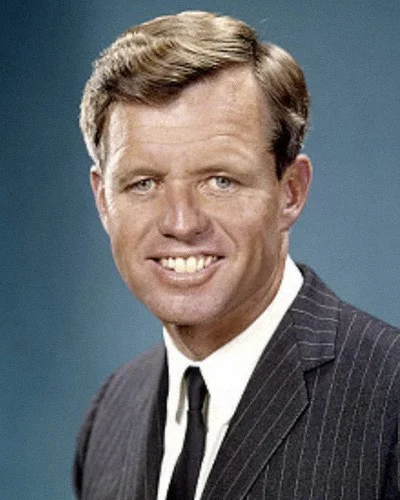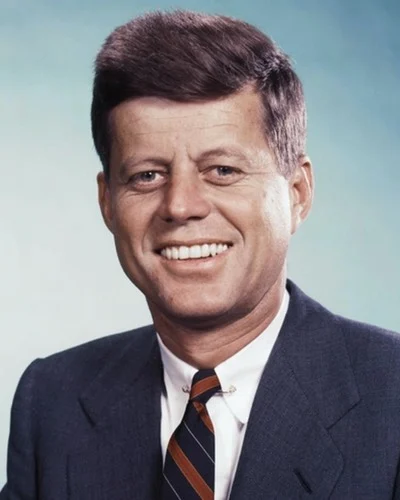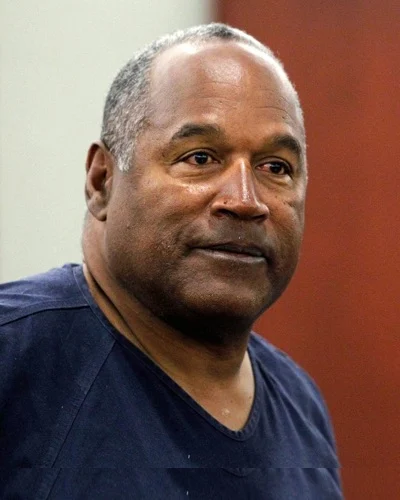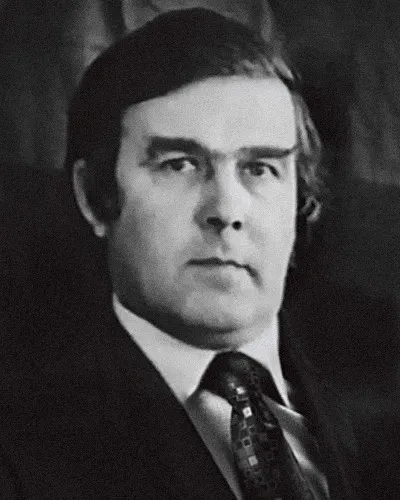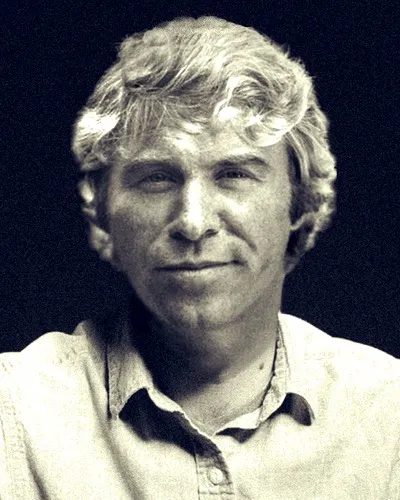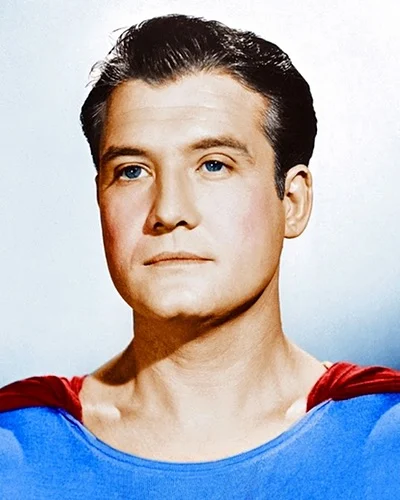In the early hours of Sunday August the 5th 1962, psychiatrist Ralph Greenson broke into a bedroom of a house in the Brentwood area of Los Angeles.
On the bed was the body of a lifeless young woman, nude and clutching a telephone. It was Marilyn Monroe.
Greenson immediately phoned for Monroe’s internist Dr. Hyman Engelberg, who, upon his arrival, pronounced her dead. It was 3:50am.
News of the death reverberated around the world. The actress was already, at the age of 36, a Hollywood legend and the most famous and photographed woman in the world.
The official verdict was suicide. An array of empty pill bottles were found on the bedside table. The tabloids reported the suicide story in lurid front page headlines.
So huge was her star, Monroe's apparent suicide even inspired a wave of copycats across the United States.
The coroner’s report offered an insight into the troubled actresses’ mind — “Miss Monroe has suffered from psychiatric disturbance for a long time. On more than one occasion…when disappointed or depressed, she has made a suicide attempt.
On these occasions, she had been rescued. It is our opinion the same pattern was repeated, except for the rescue”, it concluded.
Some, however, were less sure the tragic star’s death was suicide. Numerous suspicious inconsistencies and contradictory witness testimony have fueled persistent rumors that the star was actually murdered.
The first policeman to arrive — Sergeant Jack Clemmons, wasn’t called until 4:25am, more than 30 minutes after Monroe was pronounced dead. This unexplained delay in calling the police was just the first troubling detail of the crime scene.
Clemmons immediately felt something was wrong — he thought it obvious the body had been moved. And whilst there were empty pill bottles on the bedside table, there was no water or glass with which to take them.
Why too, was there no vomit? Monroe had taken a massive overdose of Nembutal, a barbiturate, that should have caused vomiting.
Most suspiciously of all, Clemmons noticed Monroe’s housekeeper Eunice Murray was washing sheets in another part of the house. Had there been a cleanup of the crime scene? And why?
The autopsy report only added to the confusion, Monroe had taken a massive overdose of drugs, but no trace of the pills were found in her stomach.
By all accounts, the actress was in turmoil at the time of her death. Addicted to drink and drugs, she was unraveling trying to cope with her tangled life — her failed marriages, the Kennedys, the Mafia, her fading Hollywood career.
Perhaps it had all gotten too much for the tragic star. She had a history of suicide attempts, was this just one where she had finally succeeded?
Or, as some suggest, was the overdose accidental and covered up to disguise the gross negligence of her doctors?
Witnesses would later emerge to attest that Monroe had died hours earlier than in the official story, and most sensationally of all, that attorney general Bobby Kennedy and his brother-in-law Peter Lawford, were at the house that night.
Rumour had it that Monroe had been threatening to go to the press with details of her scandalous romantic liaisons with both Bobby and his brother President John F Kennedy.
There were even reports she had kept a red diary which, aside from lurid sexual details of her affairs with the Kennedys, contained incriminating references to the Kennedy’s plots to kill Castro and even their ties to the mafia.
Was Bobby Kennedy there that night to locate the diary? And did he take the most extreme measures to silence her and stop her going to the press?
Was Marilyn Monroe murdered?
Evidence for
Crime scene
Although the official story is that Marilyn Monroe was pronounced dead by her doctor around 3:50am, much evidence exists that she was found dead long before this.
Eunice Murray was Monroe’s housekeeper and had been placed in the actress’ employ by her psychiatrist Robert Greenson. Murray is the main witness to the time of Monroe’s death.
She initially told police that she knocked on Marilyn’s door around midnight but got no reply. Concerned, she alerted Greenson, who arrived at the house shortly followed by Monroe’s internist Dr. Hyman Engelberg.
According to Murray, after breaking through the french windows of Marilyn’s bedroom, Greenson and Murray discovered Marilyn's dead body laid out on the bed.
After a long, unexplained gap, Greenson, Murray and Engelberg then notified the police at 4:25am.
This timeline is somewhat consistent with the undertaker Guy Hocket, who arrived at the house around 5:40am. From the state of rigor mortis, Hocket estimated the time of death between 9:30 pm and 11:30 pm.
But then it got complicated. Murray, Greenson and Engelberg quickly changed their story. Now, Murray says, she went to bed at 12 and didn’t knock on Monroe’s door until 3am, after noticing the light on in her room.
In this revised timeline, Greenson found Marilyn dead at 3:40am and Engelberg pronounced her dead at 3:50am.
Why the huge disparity in stories? Was it to conceal a cleanup of the crime scene? Or worse?
Sergeant Jack Clemmons, the first policeman at the scene, was called out at 4:25am. He was immediately suspicious that the crime scene had been altered.
According to Clemmons, the body looked to be in an unnatural position as if it had been posed, the bedroom was strangely tidy and most mysterious of all, there was no glass.
Monroe had supposedly swallowed upwards of 60 pills, but there was no water or glass in the bedroom. The actress had always had trouble swallowing pills and required copious amounts of water.
And why, Clemmons wondered, was Eunice Murray running the washer and drier in the middle of the night, as her employer lay dead in her bedroom?
There was clearly a problem with the story coming out of the house. And more evidence would emerge to cast doubt on what the trio were saying.
According to Natalie Trundy, she was attending a Hollywood bowl concert with her future husband Arthur Jacobs, who was Monroe's agent at the time.
Jacob’s received a call from Monroe’s lawyer Mickey Rudin and it was shocking. Marilyn Monroe, Jacobs was told, was dead.
The actor Peter Lawford, Monroe’s friend and the Kennedy’s brother-in-law, was also told by Rudin that Monroe was dead, before her body had supposedly been discovered.
If Monroe’s agent and lawyer already knew she was dead at 10:30pm, then this discredits both stories coming from the house, indicating a cover up was already in action.
The new 10:30 timeline is also most consistent with Guy Hocket’s estimate of the time of death of around 9:30–11:30pm
It was clear, then, that something was very wrong with the official story coming from Monroe’s house. Was there a cover-up, and what was its purpose?
Eunice Murray’s accounts of what happened that night have been contradictory and evasive over the years.
According to author and investigative journalist Anthony Summers, Murray finally came clean to him about what really happened in an interview in 1985.
The reason for the cover story, Murray told Summers, was because Robert Kennedy was at the house that day. And an ambulance had been called much earlier when Marilyn was still alive.
Summers asked her why she had lied. “I told whatever I thought was good to tell”, Murray told him.
Bobby Kennedy
Attorney General Robert Kennedy was, officially, In San Francisco on the day of Monroe’s death. But Eunice Murray’s shocking revelation to Summers was not the only evidence that this was a lie.
20th Century Fox publicist Frank Neill saw Kennedy arrive by helicopter at the studio’s heliport near Stage 14 early Saturday afternoon, where he was whisked away in a limousine driven by his brother in law, actor Peter Lawford.
This limousine was later stopped by Beverly Hills traffic policeman Lynn Franklin, who says he observed Lawford at the wheel and Robert Kennedy in the back with a man he later identified as Ralph Greenson.
Whilst these sightings of Kennedy could perhaps be dismissed as hearsay, they were confirmed by LA Police chief Daryl Gates and other senior LA Police Detectives through their surveillance of the airport.
"The truth is, we knew Robert Kennedy was in town on August 4th"
Daryl Gates
“The truth is, we knew Robert Kennedy was in town on August 4th”, Gates later said. “We always knew when he was in town”.
Kennedy, it seems, was certainly in LA that day and lied about it. Could there be another reason, unrelated to Monroe, for him to be there that he didn’t want to disclose?
Some have speculated that Kennedy may have been meeting with mob bosses and this was his reason for lying. However, there are reasons to doubt this was the case.
Kennedy was seen in the presence of actor Peter Lawford, a friend of Monroe's. And numerous witnesses place him at her house on the day and even night of her death. Whatever his reason for being there, it seemed to center on the actress.
Aside from Eunice Murray statement to Summers in 1985, there are several other reasons to believe Robert Kennedy visited Marilyn that day.
Murray’s son in law Norman Jefferies confirmed Murray’s story. Kennedy had arrived that afternoon with Peter Lawford and there had been a violent argument between him and Monroe.
According to Jeffries, Kennedy came back with 2 men at around 10pm, a fact confirmed by neighbors opposite who also saw Kennedy enter the property with the 2 men.
This is where the case against Robert Kennedy takes a very dark turn. Jeffries and Murray were ordered out of the house. After Kennedy and the men left, they re-entered the house to find Marilyn comatose in the guest bedroom.
What was the purpose of Robert Kennedy's visit to Monroe’s house? And was he really responsible for her death?
One obvious motive was Marilyn’s threats to go to the press over her relationship with Bobby and his brother President Kennedy. This could have destroyed both men’s careers.
Even worse was the diary she was said to keep. In it was not only the scandalous details of her sexual adventures with the two men, but incriminating accounts of conversations she had had with them about the plot to murder Castro.
Marilyn had become a security risk. Furthermore, her relationship with a Mexican man who was a suspected communist agent had piqued the interest of the FBI.
One way or the other, the star had become a major security risk. Did Bobby Kennedy take matters in his own hands and attempt to persuade Marilyn to hand over the diary and keep her mouth shut?
Evidence supports this scenario. According to Norman Jeffries, Monroe's filing cabinet had been broken into on the night of her death. Had Kennedy been searching for the diary?
Private Eye Robert Otash claimed to have bugged Monroe house, probably on behalf of the FBI. Papers that emerged after Otash’s death reveal sensational details about what he had heard.
Recounting Kennedy's visit to Monroe on the day of the murder, Otash described a violent struggle between the pair. Kennedy was heard to shout ‘where is it?’, whilst Monroe complained about her treatment by him and his brother.
Had Kennedy and the men he was with deliberately murdered Monroe or had an attempt to restrain or sedate her gone badly wrong?
It’s difficult to reconcile the image of the inspiring, progressive Robert Kennedy with a murder so grubby and desperate. But the evidence he was present at her home that fateful day is persuasive.
And soon after, Marilyn Monroe was dead.
Autopsy
The coroner's report labeled Marilyn Monroe’s death a ‘probable suicide’, indicating even they were not quite sure what had happened.
The toxicology reports finding suggested she had died of a massive overdose of barbiturates. The amount of pentobarbital in her blood was 3 times the fatal dose. There were also large concentrations of the drug in her liver.
It is estimated she would have had to take somewhere between 25–50 of her Nembutal pills to reach these levels. On top of this there were also near lethal levels of Chloral Hydrate in her blood, accounting for almost 20 capsules of the drug.
The enduring medical mystery behind the death of Marilyn Monroe is how these drugs got into her body. At her autopsy, not a trace of the drugs or pill capsules were found in her stomach.
It has been argued that the yellow Nembutal pill wrappings could have broken down and left no trace in the stomach. But Thomas Noguchi, the pathologist, could find no traces of the fine refractive crystals which should also have been present.
In a standard textbook on drug-related deaths, toxicologist Robert H. Cravey studied over 1500 cases. “In every case of a drug overdose through oral entry I have always found drugs in the stomach”, Cravey said.
The findings from the autopsy only echoed odd details from the crime scene. Jack Clemmons, the first police officer to arrive at Monroe’s house, could find no glass or water in her bedroom. How had Monroe swallowed so many pills without water?
The police report also noted the lack of vomit, which would be expected from someone who had orally overdosed on barbiturates. Also missing was the acrid pear-like odor characteristic of Chloral Hydrate overdoses.
With no evidence that Monroe had injected the drugs, this left a real mystery. Clearly, if she hadn’t administered the substances herself, then it could not be suicide.
John W. Miner, former deputy district attorney of LA Country, was present at the autopsy. He believes Marilyn may have been killed by an enema, with 30 or more of the Nembutal dissolved in water and administered anally.
If Miner is right, then whoever administered the enema was Monroe’s killer.
Evidence against
Mental health
Marilyn Monroe was one of Hollywood’s brightest and most vivacious stars. Few would suspect that beyond the glamor she was plagued by intense feelings of isolation, inadequacy, and loneliness.
She once wrote — “Help help Help I feel life coming closer When all I want is to die”. Playwright Arthur Miller, Monroe’s 3rd husband, once described her as ‘the saddest person I know’.
Marilyn Monroe was born in 1926. She never knew her father, a fact which preoccupied her for much of her life.
Her mother, Gladys, suffered from mental illness and depression which led to the young Marilyn spending much of her early life in foster homes.
In some of these foster homes, Monroe was sexually abused. She was brave enough to tell of the abuse but was not believed by those she trusted. This double trauma had a profound effect on her adult life.
She would continually seek father figures, her 3 marriages were all to older men and Clark Gable, her much older co-star in the Misfits, was someone she clung on to.
Many psychologists think Monroe’s promiscuity and constant search for father figures were down to her traumatic childhood experiences. Her behavior also had classic hallmarks of suicide.
Sexual abuse, abandonment, isolation and a family history of mental health issues are all warning signals. Indeed, Monroe had attempted suicide on numerous occasions when she was younger.
She tried to kill herself twice when she was a teenager during her marriage to James Dougherty. She tried again in 1950 after a failed relationship. Another suicide was attempted during her marriage to playwright Arthur Miller.
Many psychologists today believe Monroe suffered from bipolar disorder — a syndrome characterized by extreme shifts in mood. This, along with her chronic insomnia and drug use are classic risk factors for suicide.
Hollywood columnist James Bacon saw Marilyn just days before her death. “She was drinking champagne and straight vodka and occasionally popping a pill,” Bacon told The LA Times.
“I said, ‘Marilyn, the combination of pills and alcohol will kill you.’ And she said, ‘It hasn’t killed me yet.’ Then she took another drink and popped another pill. I know at night she took barbiturates”.
"She was drinking champagne and straight vodka and occasionally popping a pill"
James Bacon
Even on the night of her death, despite recently receiving a prescription from her doctor, she was phoning friends for more pills.
If we discount the suspicious elements of her death, Monroe’s psychological problems along with her excessive use of prescription drugs, make the official suicide verdict all too plausible.
Robert Kennedy
Whilst it’s fairly certain that Robert Kennedy was in LA and, in all probability, at Monroe’s house the day she died, the idea he killed her is highly problematic.
If Kennedy was behind any kind of premeditated plot to kill the actress, the last place in the world he would be is at her house the day of her murder.
Logic dictates he would ensure there was as much distance, figuratively and literally, between him and Monroe as possible.
The fact he was seen by numerous people at her house that day seriously discounts the possibility that he was involved in any planned operation to murder her.
Accident
A recent investigation for Court TV made a convincing case that Monroe’s death was a tragic medical accident.
According to the Court TV, her psychiatrist Ralph Greenson gave the actress a sedative enema of chloral hydrate to help her sleep and to try and wean her off the barbiturate Nembutal.
The programme argues that Greenson was unaware that her internist Dr Hyman Engelberg was continuing to prescribe her Nembutal and the lethal interaction of the drugs caused Monroe’s death.
Monroe’s lawyer Mickey Rudin reportedly heard Greenson say that night: “Gosh darn it! He gave her a prescription I didn’t know about!”
The programme suggests the cover-up and suspicious behaviour of Greenson and Eunice Murray were to cover up what would have been a damaging case of medical negligence for the psychiatrist.
Was there a conspiracy to murder Hollywood actress Marilyn Monroe? - add your comment below












